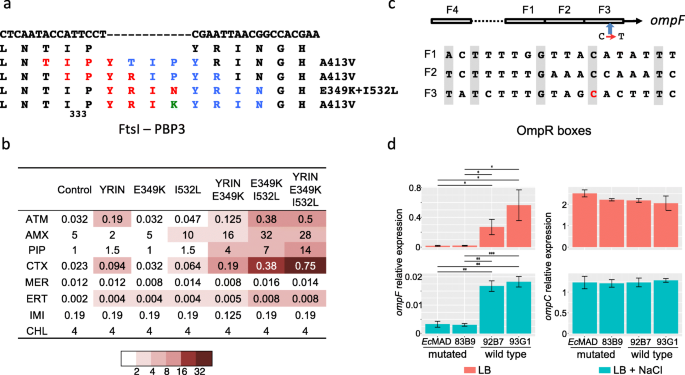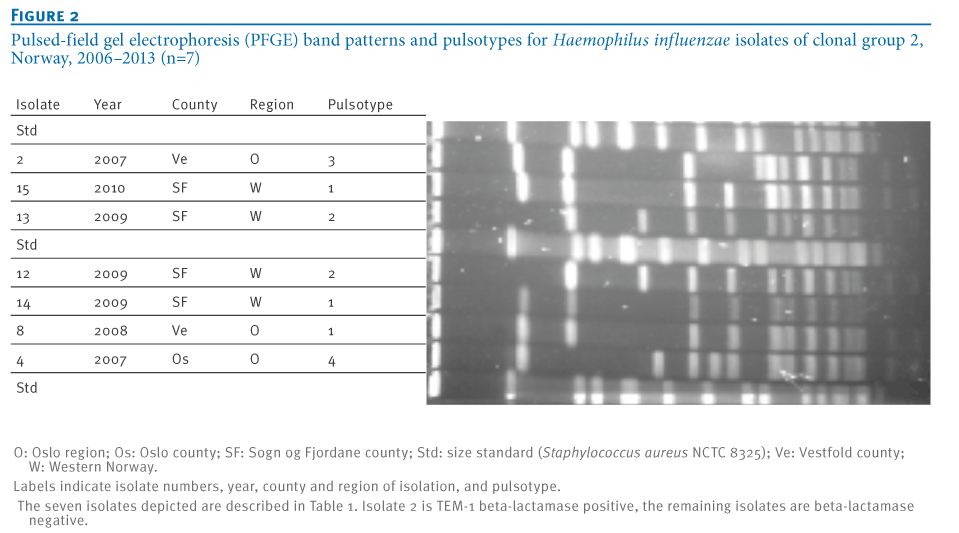

Expect significant changes in the ARO between monthly releases as well as occasional incomplete revisions, which may affect downstream analyses. As such, the next two years will be a time of active development for the ARO. Lucia, Queensland, Australia (L.G.) School of Life Sciences, Tianjin University, Tianjin, China (H.Y.) University of Oxford, Chemistry Research Laboratory, Oxford, United Kingdom (C.J.S.) National Laboratory of Macromolecules, Institute of Biophysics, Chinese Academy of Science, Beijing, China (Z.R.) and Laboratory of Structural Biology, School of Medicine, Tsinghua University, Beijing, China (Z.R.The Comprehensive Antibiotic Resistance Database gratefully acknowledges recent funding from the Genome Canada & Canadian Institutes of Health Research's Bioinformatics & Computational Biology program, allowing integration of the Antibiotic Resistance Ontology (ARO) with the Genomic Epidemiology Ontology, IRIDA platform, and OBO Foundry (see Genome Canada press release). and Z.R.) and College of Pharmacy (X.L., C.Y.), Nankai University, Tianjin, China School of Chemistry and Molecular Biosciences, The University of Queensland, St.

Key Laboratory of Biomarker Based Rapid-detection Technology for Food Safety of Henan Province, Xuchang University, Xuchang, Henan, China (Z.L., A.Z.) College of Life Sciences (Z.L., H.W., W.Z. This manuscript is a seminal article in the field of anti-TB drug discovery and suitable for the broad readership. These data provide new insights for next-generation rational approaches to design tuberculosis (TB)-specific β -lactam or nonlactam antibiotics.

tuberculosis, in complex with a number of widely used β -lactam antibiotics (e.g., meropenem, aztreonam, and amoxicillin) were solved. SIGNIFICANCE STATEMENT: The structures of Mycobacterium tuberculosis penicillin-binding protein 3, an essential protein in M. The results suggest that rather than hoping PBP inhibitors developed for other infections will work against TB, work should focus on developing PBP inhibitors specialized for treating TB. The structures reveal unique features of the antibiotic interactions, both in terms of differences in their binding to Mtb PBP3 and in comparison with structures of other PBPs and serine β -lactamases, including the tautomerization status of the carbapenem-derived acyl-enzyme complexes. Structures of apo Mtb PBP3 and of complexes with five β -lactams, including meropenem and faropenem, reveal how they cause inactivation via formation of hydrolytically stable acyl-enzyme complexes. Penicillin-binding protein (PBP) 3, or ftsI, is an essential transpeptidase in Mycobacterium tuberculosis (Mtb) required for cell division, and thus it is an important drug target. However, some β -lactams, including meropenem and faropenem, are being re-evaluated in patients infected with TB. Because of β -lactamase-mediated resistance, β -lactam antibiotics were long considered ineffective drugs for tuberculosis (TB) treatment.


 0 kommentar(er)
0 kommentar(er)
